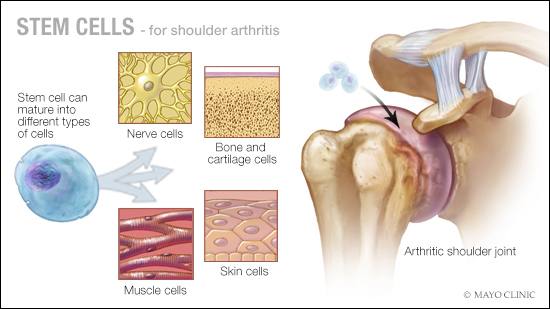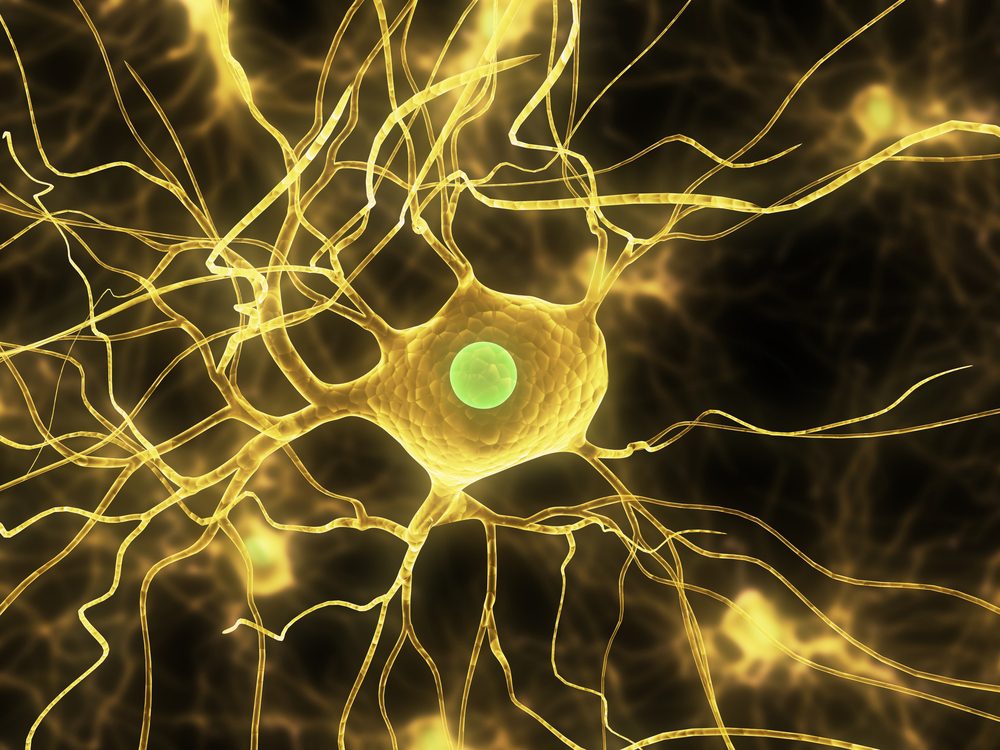Table of Contents

[/image][=video]
[/video]
Viscosupplementation: Shot of hyaluronic acid into intra-articular area can bring back the viscosity and flexibility of osteoarthritic synovial liquid. HA plays a crucial duty in shock absorption, lubrication, and the visco-elastic nature of the synovial fluid. Prolotherapy: Prolotherapy is the injection of a solution to fix up an incompetent structure and promote sclerosis at the injection site.
Greater than one therapy session might be called for prior to results are really felt and, as with any kind of therapy, outcomes are not ensured. A stem cell does not serve a certain bodily feature, however it can turn into a cell that does, such as a cartilage cell or a ligament cell. Physicians who utilize stem cell treatment believe that, when positioned into a specific atmosphere, stem cells can change to satisfy a certain need.
To make PRP, blood is taken from the client and then processedoften making use of a centrifugeto produce a concentrated option of platelets and plasma (PRP).: All PRP is not the exact same.
Inflammation raises blood circulation and brings in cellsgranulocytes, monocytes, macrophages and fibroblaststhat can repair and heal broken cells. During prolotherapy, a medical professional injects an irritant into the hurt area, which temporarily boosts swelling.
Stem Cell Therapy servicing Saginaw

Prolotherapy often utilizes PRP as an irritant, however prolotherapy is not by meaning a cellular treatment. Actually, one of the most generally used toxic irritant is dextrose, a simple sugar. Substances such as glycerine or saline may likewise be used.: Compared to various other regenerative medicine treatments, such as stem cell and PRP injections, there is not a great deal of clinical research study regarding prolotherapy and its efficiency.
Various methods might be utilized to attempt to repair cartilage material, including but not restricted to: Making tiny cuts or abrasions in the bone directly listed below the cartilage injury. The purpose is that the blood from the harmed bone will certainly assist in brand-new cartilage material cell growth. Hair transplanting cartilage material from an additional part of the person's body, a contributor, or animal.
Regenerative medicine looks for to change cells or organs that have been harmed by age, disease, injury, or genetic problems, vs. the existing scientific method that focuses mainly on dealing with the symptoms. The devices used to recognize these results are tissue design, mobile treatments, and clinical tools and synthetic body organs. Mixes of these methods can enhance our natural recovery process in the locations it is needed most, or take over the feature of a permanently harmed body organ.
When hurt or invaded by condition, our bodies have the inherent feedback to heal and defend. What happens if it was feasible to harness the power of the body to recover and then accelerate it in a clinically pertinent means? Suppose we could help the body heal much better? The encouraging field of regenerative medication is working to restore structure and feature of broken cells and body organs.
Stem Cell Therapy
The objective of this method is to create transformative health care options that will potentially treat previously untreatable injuries and conditions. Cells engineering is an approach where naturally compatible scaffolds are dental implanted in the body at the site where new cells is to be created. If the scaffold remains in the geometric form of the tissue that needs to be created, and the scaffold brings in cells the result is new tissue in the form preferred.

Millions of clients have actually been treated with some type of tissue crafted tools, yet the area is in its infancy. Many millions of grown-up stem cells are located in every human.
To discover more concerning some of the encouraging studies and clinical tests including cellular treatments, visit this site. In situations where an organ fails, the predominant clinical technique is to hair transplant a substitute body organ from a benefactor. The major obstacles are the availability of benefactor body organs, and the need that the donor take immunosuppression drugswhich have negative effects.
Menopause Treatment around Saginaw, Michigan
Regenerative medicine covers a variety of techniques in medicine, biology, design, and other areas of clinical research study. While there are just a restricted variety of accepted regenerative medicine treatments for patients now, many potential therapies are in clinical trials, or will certainly be soon. These meanings are meant to help you understand terms you may listen to as regenerative medication comes to be an extensive subject of discussion.
Biomaterials is a significantly advanced modern technology that mixes concepts of engineering and biology to drive exploration and testing of treatments. The term extensively refers to products that are developed for the purposes of interacting with living cells, tissues, body organ, and systems. Biomaterials can be stemmed from all-natural sources, like healthy proteins or sugars, or from artificial substances, like polymers, metals, or plastic.
One popular group of biomaterials, referred to as hydrogels, are water-based frameworks with customizable residential or commercial properties to home cells in 3D spaces that imitate conditions in living cells. Next-generation biomaterials can be changed in real-time to guide exactly how cells work in 3D room. Illness modeling is the usage of pets, stem cells, and crafted tools to study human diseases without the need for human topics.
Hormone Therapy servicing Saginaw, Michigan
Diet plan, lifestyle, exposure to sunshine, and aging are all factors that can cause epigenetic modifications. In the field of regenerative medicine, researchers study just how epigenetic modifications add to disease-causing mutations. In one investigation, ISCRM scientists become part of an initiative to establish a gene treatment to aid boys and pet dogs with a rare muscular tissue condition to walk and grow.
Navigation
Latest Posts
Menopause Treatment servicing Saginaw, Michigan
Stem Cell Therapy in Saginaw, Michigan
Menopause Therapy